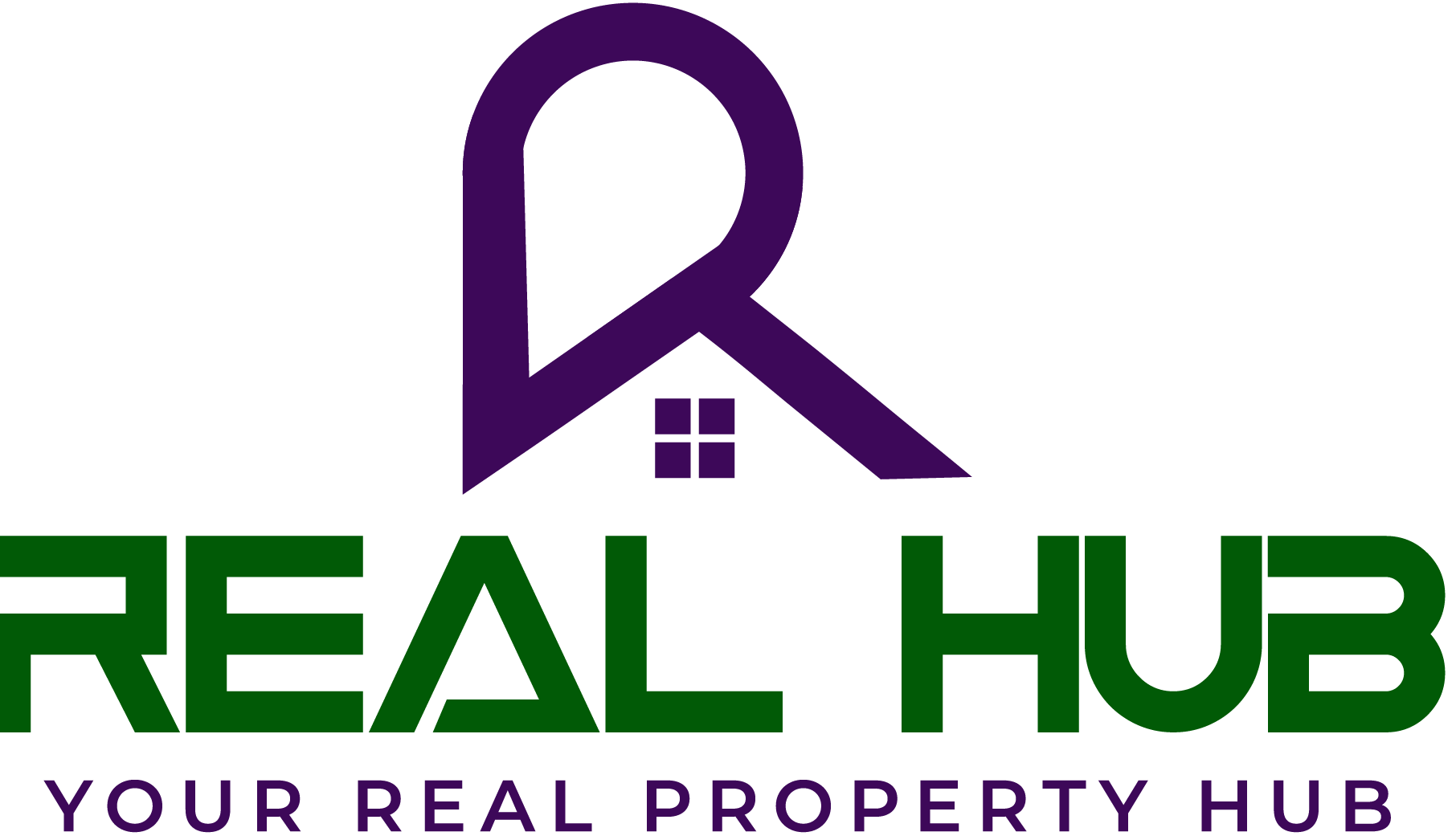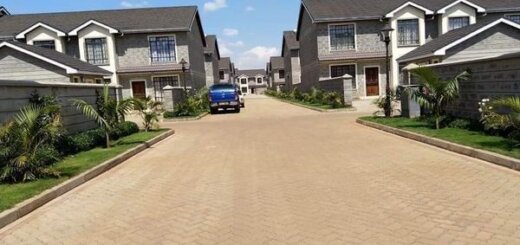Vertical Developments and Mixed-Use Projects in Kenya: Redefining Urban Living for a Sustainable Future
Kenya’s urban landscape has transformed dramatically over the last two decades, driven by economic growth, rapid urbanization, and a rising demand for innovative real estate solutions. As cities such as Nairobi, Mombasa, and Kisumu continue expanding, vertical developments and mixed-use projects in Kenya are becoming increasingly common. These structures address growing population pressures and modern lifestyle needs by stacking residential, commercial, and sometimes public-service facilities in a single location. In the following sections, we explore the forces driving this trend, the benefits and challenges of building tall and integrated, and how these approaches shape Kenya’s future.
The Rise of Vertical Construction
The shift toward building upwards is a notable departure from Kenya’s earlier preference for low-rise, single-use zones. Historically, many neighborhoods consisted of detached houses and standalone commercial blocks. With land prices surging and space running out in central locations, developers are embracing taller buildings to optimize limited acreage. High-rise apartments and office towers allow multiple units on a smaller footprint, preserving land for parks, roads, and other infrastructure.
Beyond land scarcity, a changing cultural mindset also supports the popularity of vertical developments and mixed-use projects in Kenya. Younger professionals find high-rise living convenient and are willing to trade sprawling suburban lots for walkable communities near business districts and entertainment hubs. As the population concentrates in urban centers, towers deliver strategic benefits: easier access to city amenities, shorter commutes, and state-of-the-art facilities. While early high-rises targeted higher-income demographics, there is also a growing push to offer more affordable options to a broader segment of the population.
Why Mixed-Use Projects Matter
Mixed-use projects fuse residential units, offices, retail shops, and recreational spaces into cohesive developments. This approach contrasts with traditional zoning, where commercial and residential areas are strictly separated. By clustering workplaces, homes, shops, and leisure activities, these projects significantly reduce daily commute times and revitalize underused urban spaces. When offices and stores are just an elevator ride away, life becomes more convenient. Residents can grab groceries, meet friends at a café, and return to their apartments without battling traffic.
Commercial tenants also benefit from the foot traffic generated by on-site residents, creating a built-in customer base. This synergy often raises property values, helping developers attract reputable businesses and investors. Over time, robust mixed-use complexes can become self-sustaining mini-neighborhoods. In Nairobi’s Westlands and Upper Hill, for instance, new developments stack retail plazas and office suites beneath luxury apartments, all serviced by shared utilities and amenities. Such efficiency and proximity embody the essence of vertical developments and mixed-use projects in Kenya, fostering neighborhoods that align with a modern, on-the-go lifestyle.
Forces Driving Vertical Growth
Land prices in prime areas of Nairobi and Mombasa have soared in recent years, making horizontal sprawl both costly and impractical. Developers who once built low-rise complexes now look to building taller to realize higher returns. Many also recognize that vertical developments and mixed-use projects in Kenya can be more profitable, as they maximize rentable or sellable floor area on land that might otherwise host fewer units.
Rapid migration to urban hubs, in search of job opportunities and better living conditions, adds pressure for denser housing solutions. As the population swells, city planners face the task of accommodating more people without overwhelming roads and utilities. Vertical living meets these needs by consolidating a large number of apartments or offices in a single high-rise. Meanwhile, global design trends and engineering expertise have become more accessible, enabling Kenyan firms to adopt state-of-the-art construction methods safely and affordably. These partnerships, often with international architects or contractors, introduce reinforced concrete or steel-frame systems that make vertical projects feasible at a larger scale.
Economic Impact and Market Potential
From a financial standpoint, vertical developments and mixed-use projects in Kenya offer multiple revenue streams that can shield investors from market fluctuations. A downturn in commercial leasing, for example, might be offset by steady demand for residential units, or vice versa. This diversification appeals to institutional and private investors alike, as it stabilizes income and supports long-term growth.
At the same time, mixed-use properties often command a price premium. Residents prefer the convenience of on-site retail and recreational areas, while retailers value the guaranteed customer flow from an on-site population. Landlords can charge higher rents or sell units at a premium, reflecting the added value of integrated design and shared amenities. Government bodies, particularly municipal authorities, recognize that these projects can revitalize struggling districts, drawing in investments for infrastructure like improved roads, sewer systems, and public services. By endorsing vertical and mixed-use models, local governments can simultaneously meet housing needs and stimulate local economies.
Urbanization, Infrastructure, and Transit
Kenya’s ongoing urbanization provides both opportunities and challenges. Road congestion is a daily reality in major cities, and expanding outward often places even more strain on transportation networks. A key advantage of building upward is the potential for transit-oriented development. When apartments, offices, and shopping centers are placed near key bus routes or future rail lines, residents and workers can rely on public transportation instead of cars.
In Nairobi, discussions around the Bus Rapid Transit (BRT) system highlight how vertical developments and mixed-use projects in Kenya could tie seamlessly into an upgraded transit network. By creating accessible pedestrian walkways and integrated stations, developers and local authorities can encourage people to shift from private vehicles to more sustainable commuting. Over time, this coordination between high-rise living and public infrastructure eases traffic, cuts emissions, and fosters well-planned growth.
Sustainability Imperatives
High-rise and mixed-use projects inevitably draw attention to sustainability. Concentrating many residents or workers in a compact area can overload resources if not carefully planned. Fortunately, developers can adopt greener strategies to balance demand for energy and water with local environmental conditions. Solar panels, rainwater harvesting, and efficient waste management systems all help reduce the overall ecological footprint. Building owners increasingly install advanced insulation, energy-efficient lighting, and low-flow plumbing fixtures.
In a country where climate change impacts are palpable—from fluctuating rainfall to droughts—minimizing resource use is critical. Vertical construction itself can preserve more open land for agriculture or green spaces. Additionally, mixing commercial outlets within residential towers can diminish car reliance, as errands and social activities happen within walking distance. As Kenya strives to meet its sustainable development goals, well-designed vertical complexes can showcase an eco-friendly model of 21st-century living.
Innovations in Design and Construction
Modern materials and methodologies are making vertical developments and mixed-use projects in Kenya more feasible than ever. Concrete remains a popular choice, though construction firms incorporate steel frames or reinforced composites for added structural stability. Architectural teams also integrate local design elements, combining modern aesthetics with features that respect Kenyan cultural heritage. Interiors might feature indigenous motifs or artwork, adding a sense of identity to what could otherwise be generic towers.
Buildings are evolving to accommodate communal areas—shared lounges, rooftop gardens, and multifunctional spaces that adapt to different uses over time. Some designs include convertible rooms or micro-apartments that serve residents’ needs for both living and working. Natural ventilation and strategic shading reduce the reliance on air conditioning, which can be costly and energy-intensive. Balconies or terraces, oriented to catch prevailing breezes, keep interiors comfortable while offering outdoor relaxation. Such design creativity distinguishes Kenyan projects, melding global best practices with local context.
Cultural Shifts and Community Life
Vertical living redefines how Kenyans interact with neighbors and neighborhoods. In high-rise apartments, communal lobbies and elevators create frequent opportunities for casual encounters. Mixed-use developments layer an additional social dimension on top of that by introducing shared amenities like fitness centers, swimming pools, co-working areas, and retail spots. This results in a microcosm of city life, where people from different backgrounds cross paths daily.
For some, the transition from single-family homes to multi-story towers can be an adjustment—security fees, property management rules, and shared facilities may feel unfamiliar. However, many discover advantages, such as a sense of community and on-site conveniences that reduce daily errands. Families appreciate child-friendly zones, secure entrances, and the availability of essential services within the same building complex. As Kenyans grow more accustomed to the idea of vertical developments, social norms evolve, emphasizing cooperation and shared responsibility for communal spaces.
Financing and Investment Avenues
Realizing vertical developments and mixed-use projects in Kenya demands significant capital, both for land acquisition and construction costs. Developers often tap multiple financing sources, from local bank loans and bonds to equity from international partners. Kenyan pension funds and savings cooperatives have also begun diversifying their portfolios by investing in large-scale real estate projects. These institutions see stable returns in properties that serve both residential and commercial needs. Diaspora remittances further inject capital, as Kenyans living abroad invest in high-rise apartments or commercial units to earn rental income.
Buyers now enjoy more flexible mortgage packages, although interest rates can still be steep for many. In response, microfinance institutions and government-backed housing initiatives attempt to make certain segments more accessible. Real estate investment trusts (REITs) also open doors for smaller investors, letting them pool funds to own shares in large properties without needing to purchase entire units. These varied channels of investment underscore the robust interest in vertical and mixed-use ventures as cornerstones of urban development.
Government Policy and Community Engagement
City authorities have updated zoning laws to encourage higher-density projects, especially in well-located areas. Master plans for cities like Nairobi explicitly acknowledge the importance of both vertical construction and multi-use zoning. Streamlined permitting processes and incentives for energy-efficient building can further encourage developers to pursue innovative plans. Still, a delicate balance must be struck: local governments must prevent unplanned sprawl, ensure architectural safety, and safeguard open public spaces.
Community involvement also matters. Through public forums or stakeholder meetings, developers can address residents’ concerns regarding traffic, noise, or environmental impact. Successful mixed-use designs often incorporate parks, playgrounds, and communal seating—features that promote local identity rather than displacing established communities. By integrating the voices of future occupants and neighbors, project teams can create environments that reflect collective needs and foster a sense of belonging.
Outlook for Vertical Developments and Mixed-Use Projects in Kenya
The demand for vertical developments and mixed-use projects in Kenya is poised to grow, especially as urban populations rise and younger demographics seek housing near key job markets. Large-scale infrastructure upgrades—like expanded highways, commuter rail systems, and digital connectivity—will likely reinforce the appeal of building upward and integrating diverse functions. Each successful project paves the way for newer, bolder initiatives, inspiring confidence among both local investors and global firms.
Nevertheless, thoughtful urban planning remains essential. Unchecked high-rise sprawl could overwhelm utilities and roads, undermining quality of life. The real estate community must therefore collaborate closely with government agencies, environmental experts, and community leaders to craft balanced solutions. Innovative, sustainable, and inclusive vertical neighborhoods can revitalize districts in ways that benefit residents across income levels. As Kenya’s economy diversifies beyond agriculture and tourism, well-managed developments can channel growth responsibly, promoting opportunity and equity.
Conclusion
Kenya’s cities are in the midst of a profound transformation, and vertical developments and mixed-use projects in Kenya lie at the heart of this change. High-rise buildings and integrated communities offer a blueprint for efficient land use, modernized infrastructure, and a more balanced urban lifestyle. From Nairobi’s upscale apartments with sweeping city views to budding commercial hubs outside major metropolitan centers, the shift toward building upward and blending uses reflects the country’s ambition and ingenuity.



